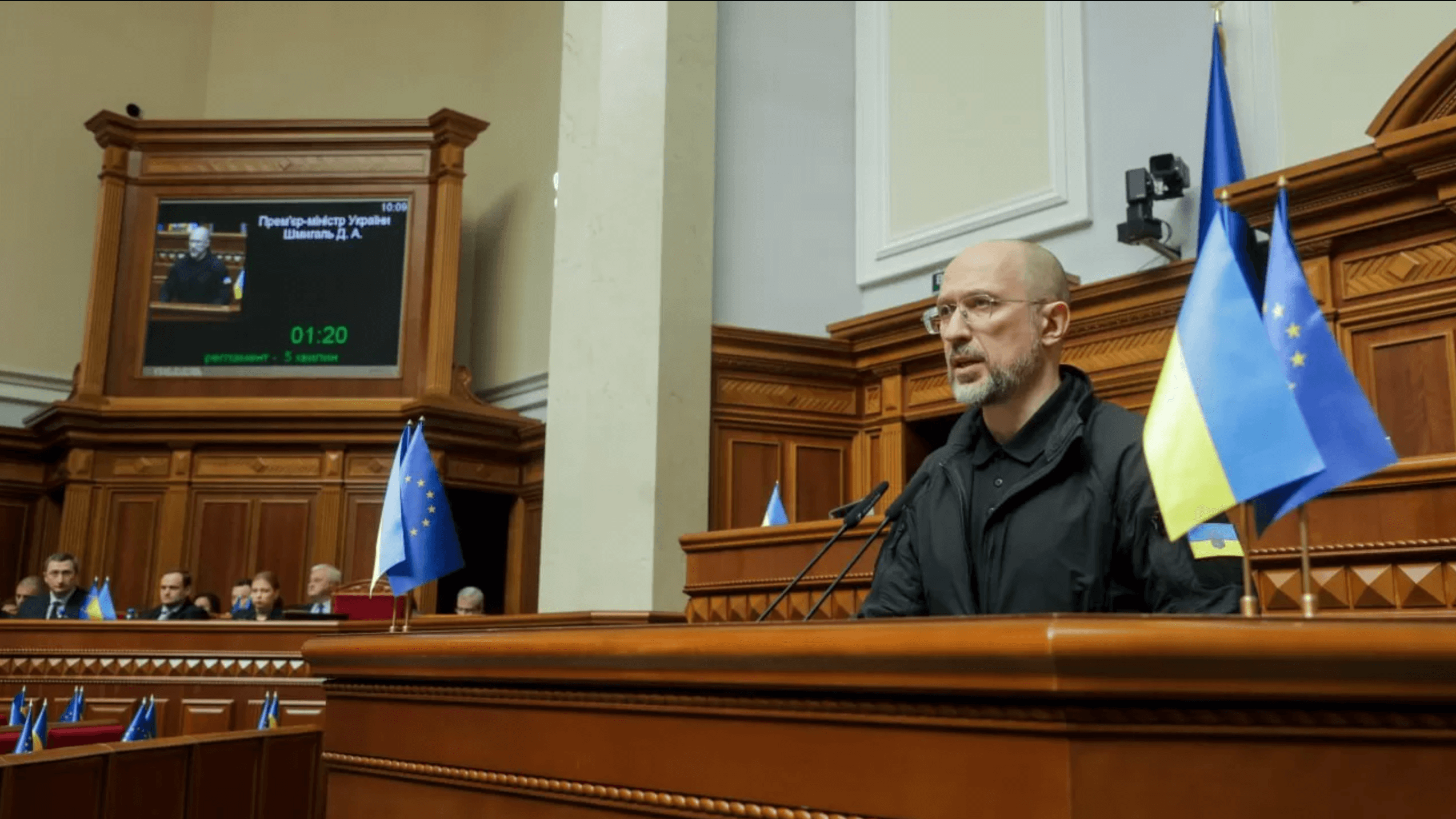As of the end of 2024, more than 22 GW of Ukraine’s generating capacity was under occupation and nearly 38 GW had been damaged—out of the 56 GW available at the end of 2021. Since the start of its full-scale invasion Russia implemented 63,000 attacks on our energy infrastructure; in 2024, 90% of them involved drones. Thus, today decentralized energy, renewable sources, and local energy hubs are not just innovations—they have become a matter of survival. In these conditions, communities and businesses have emerged as the driving force behind transforming the energy system.
Businesses are investing in generation, including green energy
During the first half of 2025, 591 MW of new generation capacity was commissioned in Ukraine (for comparison, in 2021, the figure was 731 MW). Among the new capacities, 101.4 MW (17%) came from industrial-scale solar power plants (SPPs), 84 MW (14%) from household SPPs, and the same amount from wind power plants (WPPs). The remaining 57% included cogeneration units and thermal power plants.
In 2024, about 20% of all Ukrainian companies invested in renewable energy sources (RES), compared with only 6% in 2023. Even more businesses—around 40%—say they plan to invest in their own energy independence in the near future. Their main interests are solar (51%) and wind (25%) power. Against the backdrop of generation shortages, these are not just business initiatives—they are contributions to national energy resilience.
One of the most notable trends has been the “generation for self-consumption” model. Companies are increasingly building solar power plants to meet their own needs and reduce dependence on the market.
Most of these projects are implemented without state support. Installing solar power plants allows businesses to reduce their energy costs by 20–40% per annum. Combined with energy storage systems, this creates a self-sufficient and flexible model.
Batteries are changing the logic of consumption
Energy storage systems—or simply, batteries—are among the most dynamic and promising technologies in modern energy. Today, they are no longer a technology of the future but an infrastructure that addresses the challenges of the present and shapes the architecture of tomorrow’s energy system. In our country, energy storage is already reducing businesses’ dependence on peak tariffs, improving production reliability, and opening up new revenue models.
Over the past six years, the cost of storage systems has fallen by a factor of 8–10: in 2019, storing 1 MW cost around €1 million, by 2025 it has dropped to €150–170 thousand.
This has become possible thanks to technological progress, the scaling up of energy storage projects, and the end of market dominance by a few brands—chiefly Huawei. The arrival of new players such as Chint, Hitium, Deye, and Jinko has intensified competition and driven down the cost of energy storage systems. For example, Huawei batteries rated at 2.2 MW with a capacity of 4.4 MWh now cost approximately €800 thousand—around one-third less than a year ago.
Businesses whose connected capacity exceeds their actual consumption can use energy storage systems without changing their status within the power system. For example, a company producing 2 MW and consuming 1 MW can store the surplus in a battery and feed it back into the grid when the price is high.
The most common scenarios for using batteries are:
- Integration with SPPs—especially for facilities not covered by the “green tariff.” An energy storage system makes it possible to store electricity instead of selling it cheaply during the day and to use it later when it is more profitable (the so-called energy arbitrage).
- Operation on the electricity market as a standalone investment asset: charging during “cheap” hours and selling power when prices are higher—on the day-ahead or balancing markets.
- Backup power supply—providing power during a blackout or restart of technological processes during outages. This is particularly important for enterprises with round-the-clock production processes, e.g. in the agricultural, food, and chemical industries.
- Operation of equipment with high starting currents—a battery system can start pumps or compressors whose initial load would otherwise overwhelm conventional power sources.
Such multifunctionality ensures that installations pay for themselves within just 3–4.5 years. At the same time, technical solutions are becoming increasingly adaptable—from compact 100 kW systems for shops or warehouses to megawatt-scale units serving agricultural hubs and production lines.
For large facilities—such as shopping malls, combined heat and power plants, and grain elevators—storage systems are evolving into a tool for managing generation capacity: an asset that enables cost optimization or even profit generation.
As a result, an increasing number of businesses are viewing energy storage as a separate form of infrastructure that not only reduces risks but also creates value added. Today, dozens of companies are implementing their own solutions, while major players such as KNESS and DTEK are investing hundreds of megawatts in system-wide balancing projects.
However, market instability and limited access to capital remain serious challenges. That is why simplifying the regulatory environment and providing state support will be critically important in 2025–2026.
For example, the European Business Association suggested a number of steps the government could take to foster decentralized generation:
- Resolve outstanding debt in the energy sector
- Simplify getting permits
- Ensure EU recognition of guarantees of electricity origin
- Postpone implementation of the CBAM (carbon border adjustment mechanism) until Ukraine’s and the EU’s energy markets are fully integrated (market coupling)
- Establish market-based price caps—maximum and minimum limits on day-ahead, intraday, and balancing market prices that are at par with European levels
Energy communities: a new level of civic participation
Energy communities are a model in which citizens, local governments, and small and medium businesses together build generation capacity for their own consumption and for selling surplus generation. In this way, a flexible and resilient network of local energy hubs emerges in place of a centralized system.
In the European Union, the establishment and operation of energy communities are governed by Directive 2018/2001 on the promotion of renewable energy and Directive 2019/944 on the rules governing the internal electricity market. For instance, Directive 2018/2001 guarantees energy communities equal access to markets and to state support mechanisms for renewables—such as subsidies or special tariffs—and calls for the removal of unjustified administrative barriers. Directive 2019/944, among other, ensures citizens’ right to freely join and leave energy communities and introduces safeguards that prevent major energy market players from influencing operations of these communities.
Ukraine is only starting to build a regulatory framework for such associations. The Ministry of Energy has presented a draft law to implement EU Directive 2018/2001 in the field of renewable energy. The document defines the principles for developing energy communities and establishing designated zones for renewable and storage facilities, sets data transparency requirements, and simplifies permitting procedures—including for connecting storage systems to the grid.
Still, some communities, with donor support, have already started preparations for establishing energy communities. For example, Vinnytsia has developed a respective roadmap, while in the city of Slavutych, an energy cooperative is operating.
Conclusion: the future has already begun
Today, communities are not waiting for orders from the center—they are taking the lead in rebuilding Ukraine’s energy sector. Businesses of all sizes and across industries are investing in generation and storage, developing their own solutions in cooperation with donors and local authorities.
Ukraine already has its first energy community projects, industrial generation for self-consumption, dozens of local solar, wind, and storage initiatives, and even domestic turbine production.
However, a comprehensive strategy to align these efforts is still lacking. We now have a unique opportunity—to build a modern, decentralized, and flexible energy system that will not only endure the war but also serve as an example for other nations.
Photo: depositphotos.com/ua
Attention
The authors do not work for, consult to, own shares in or receive funding from any company or organization that would benefit from this article, and have no relevant affiliations




